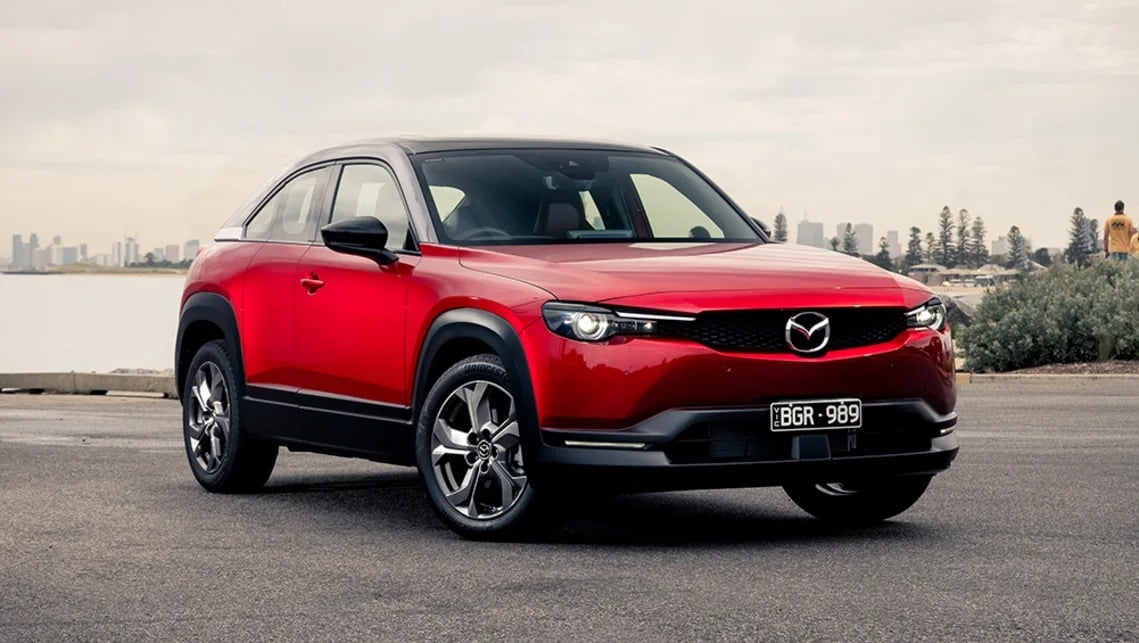MHEV meaning: These letters stand for Mild Hybrid Electric Vehicle, a technology that reduces fuel consumption and increases vehicle efficiency. In this article, we shed light on how MHEV works, its advantages and challenges, and show why this technology is so important in modern automotive engineering.
MHEV: An introduction to the hybrid future
MHEV, also known as Mild Hybrid Electric Vehicle, is a term that is becoming increasingly important in the automotive industry. But what does MHEV really mean and what role does it play in today’s vehicle technology?
- MHEV stands for Mild Hybrid Electric Vehicle, a technology that supports vehicles with an electric motor.
- Unlike full hybrids, MHEV does not use a large battery for propulsion, but a small electric motor that relieves the combustion engine.
- This technology improves fuel efficiency by supporting the combustion engine under low loads and recovering energy during braking.
- MHEVs offer a more cost-effective alternative to fully electric or plug-in hybrids because they use less complex batteries.
How does an MHEV work?
The way MHEVs work is based on a simple principle: a small electric motor supports the combustion engine. But how exactly does this work?
- An MHEV uses a 48-volt electric motor that supports the combustion engine during start-up and acceleration.
- When braking, kinetic energy is recovered and stored in a small battery to supply the electric motor with power when needed.
- The electric motor cannot power the vehicle on its own, but merely serves as a support to reduce fuel consumption.
- Thanks to this technology, vehicles can be equipped with smaller engines without compromising on performance.
Advantages and disadvantages of MHEV technologies
The decision to opt for an MHEV offers both advantages and disadvantages that need to be considered. What are these?
- A key advantage of MHEVs is the reduction in fuel consumption, which leads to lower emissions and operating costs.
- MHEVs do not require special charging stations as they are powered by braking energy, which makes them easier to use.
- One disadvantage is the limited electric range, as the electric motor cannot power the vehicle on its own.
- In addition, MHEVs are often more expensive to purchase than conventional vehicles, although they are cheaper than plug-in hybrids.
The role of MHEVs in the automotive industry
The future of the automotive industry is moving toward sustainability, and MHEVs have a crucial role to play. What does this mean for the industry?
- MHEVs help reduce dependence on fossil fuels and improve the carbon footprint of vehicles.
- They offer automakers a way to meet strict emissions regulations without completely switching to electric powertrains.
- With the growing demand for environmentally friendly vehicles, MHEVs are gaining popularity and could facilitate the transition to sustainable mobility.
- Despite their advantages, MHEVs face the challenge of convincing consumers of their effectiveness, especially when compared to fully electric alternatives.

